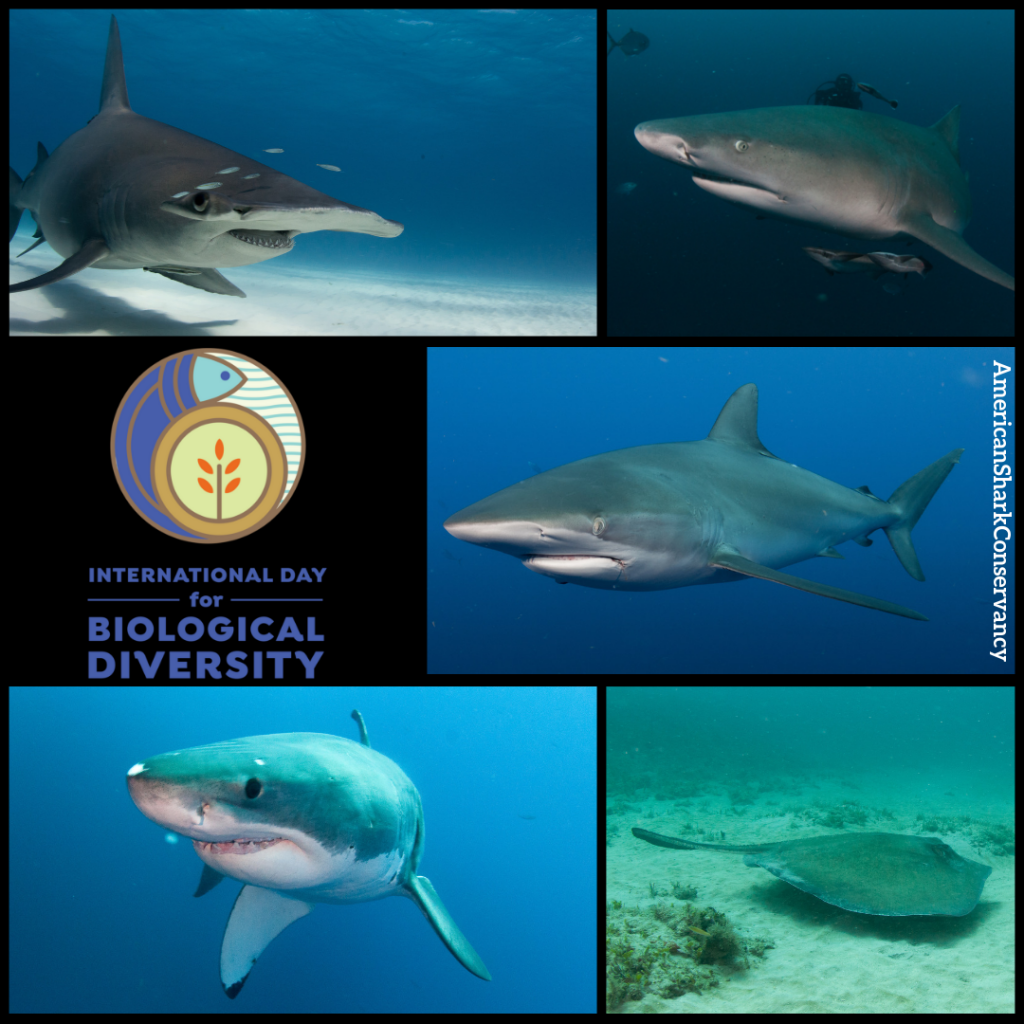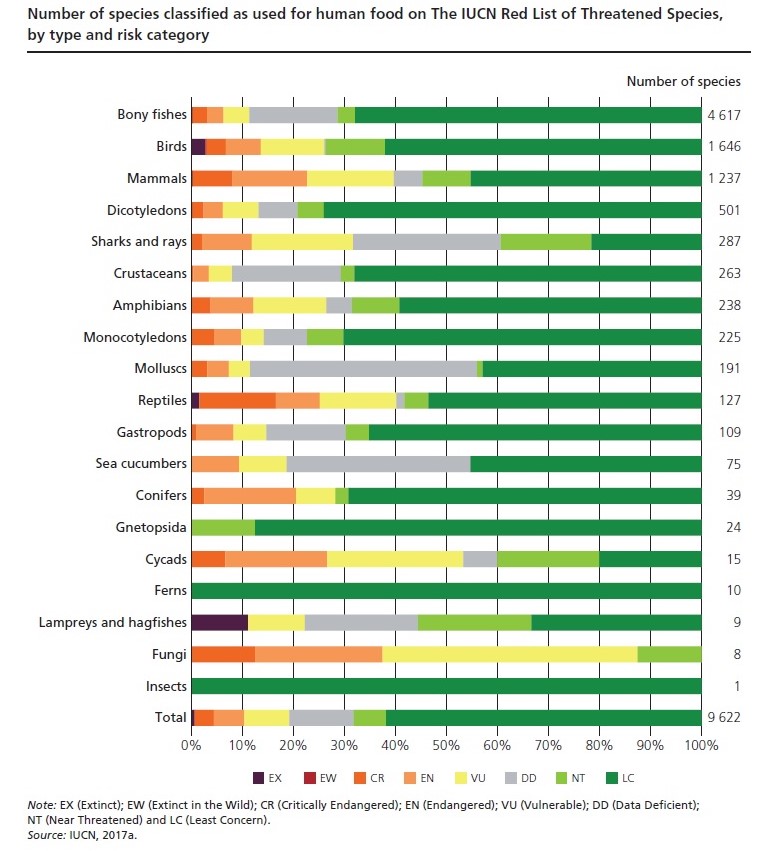Designated in 1993 by the United Nations, today is the International Day of Biological Diversity (https://www.cbd.int/idb/2019/) which aims to increase awareness of issues surrounding biological diversity. According to the Convention of Biological Diversity, an agreement created by the United Nations Environment Programme (UNEP), biological diversity means:
"...the variability among living organisms from all sources including, inter alia, terrestrial, marine and other aquatic ecosystems and the ecological complexes of which they are part; this includes diversity within species, between species and of ecosystems” (CBD, Article 2. Use of Terms).
Biodiversity is vital to supporting healthy ecosystems which in turn provides food, water, regulated climates, recreational and aesthetic benefits, contributing to livelihoods and economic development. With more than 500 species of sharks, 630 species of batoids (skates and rays) and 49 species of chimera, chondrichthyans are a diverse bunch. They come in all shapes and sizes, inhabit all aquatic ecosystems. demonstrate a variety of life history strategies and fill diverse ecological niches. We would say they deserve a shout out for biological diversity!

This year’s celebration focuses on “biodiversity as the foundation for our food and health and as a key catalyst to transforming food systems and improving human well-being”.
For many people around the world, sharks and rays represent a food source, and not just for a bowl of shark fin soup. In some areas, fish species that were previously consumed as a source of protein are now experiencing population declines and shark meat is being consumed instead. Shark fins may be one of the most lucrative seafood products in the world, but shark meat imports increased 42% from 2000 to 2011 (Dent and Clarke 2015).
Regulations on the fishing and trade of shark products differ on an international, national, and local scale. In the United States, we have a relatively well-regulated commercial shark fishery with restrictions that include quotas, specified fishing gear, area and time closures. The fins and meat from the legally harvested sharks in most states enter the global trade and it is legal to eat shark in the U.S., but its popularity is mixed because of health and conservation concerns.
A report detailed the 26% of the shark and ray species that have been assessed by the IUCN Red List are utilized for food. However, what may be more important is what category those species that are utilized for food fall into on the Red List, as described in the figure below by the FAO's "State of the World's Biodiversity for Food and Agriculture" report:

These trends must be monitored carefully and our work will continue to strike a balance for those that rely on the sea for their protein and livelihoods and the diversity of sharks and rays that support healthy oceans.
The official IDB 2019 website has many suggestions on how to be a “catalyst for change”:
Reduce your meat consumption
Eat and purchase seasonal foods
Buy local foods
Reduce your food waste
Compost your food scraps
Reduce food packaging
Avoid single-use plastics
Promote local and indigenous biodiversity for food and nutrition
More info:
FAO. 2019. The State of the World’s Biodiversity for Food and Agriculture, J. Bélanger & D. Pilling (eds.). FAO Commission on Genetic Resources for Food and Agriculture Assessments. Rome. 572 pp. (http://www.fao.org/3/CA3129EN/CA3129EN.pdf) Licence: CC BY-NC-SA 3.0 IGO, http://www.fao.org/3/CA3129EN/CA3129EN.pdf
Dent, F. & Clarke, S. 2015. State of the global market for shark products. FAO Fisheries and Aquaculture Technical Paper No. 590. Rome, FAO. 187 pp. http://www.fao.org/3/a-i4795e.pdf
https://www.projectaware.org/news/new-infographic-busts-myths-about-global-shark-trade

